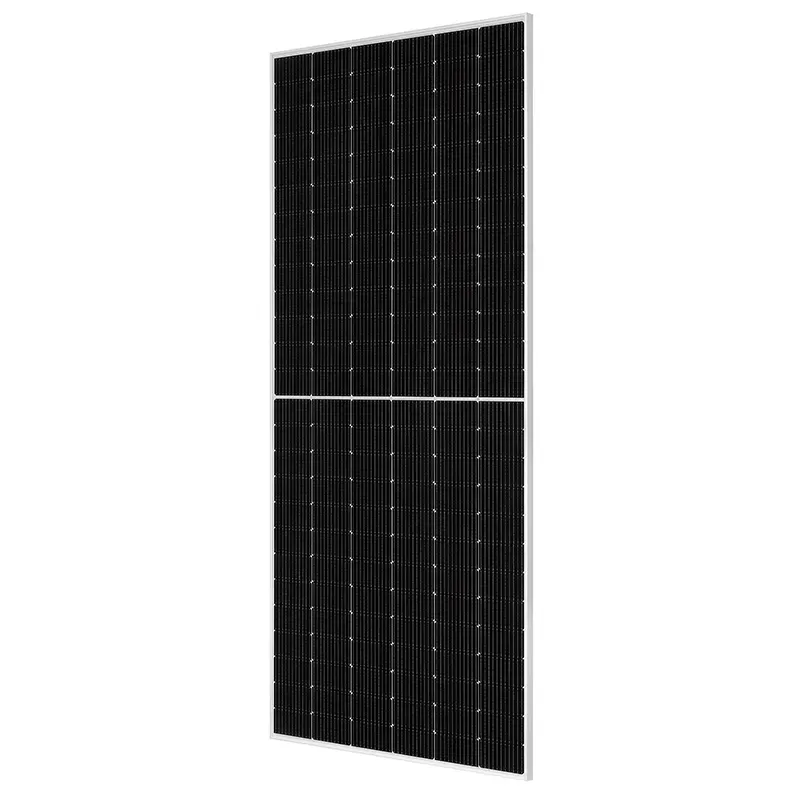solar panel bifacial price
The Rising Trend of Bifacial Solar Panels Price, Benefits, and Market Outlook
In the renewable energy sector, the push towards sustainable energy sources has led to significant innovations, one of the most notable being bifacial solar panels. These unique panels are designed to capture sunlight from both sides, increasing energy generation efficiency. As the adoption of bifacial technology grows, understanding its pricing dynamics becomes crucial for consumers, investors, and industry stakeholders.
What Are Bifacial Solar Panels?
Bifacial solar panels consist of solar cells on both sides of the panel, allowing them to harness sunlight directly and indirectly. This means they can capture reflected sunlight—often referred to as albedo effect—from the ground or nearby surfaces. The advantage of this dual-sided collection can lead to improvements in energy output of around 10-20% compared to traditional monofacial panels, making them an attractive investment for solar installations.
Current Pricing Trends
The price of bifacial solar panels has been influenced by several factors, including advancements in technology, manufacturing costs, and global market dynamics. According to market reports, bifacial panels generally command a higher upfront cost compared to traditional panels. As of late 2023, bifacial solar panels are priced approximately 20-30% more than their single-faced counterparts.
However, it’s important to consider these costs in the context of long-term savings. The increased energy efficiency and potential for higher energy generation mean that bifacial panels can lead to quicker returns on investment. In regions where sunlight is abundant and surfaces can reflect sunlight effectively—like sandy or snowy areas—bifacial solar systems can be particularly cost-effective.
Factors Influencing Bifacial Prices
1. Material Costs The constituents of bifacial panels, predominantly silicon, have seen fluctuations in price due to global supply chain issues. The rising demand for renewable energy has put additional pressure on silicon prices, indirectly affecting bifacial panel pricing.
2. Technological Advancements Innovations in manufacturing processes and materials can lead to reductions in production costs. As manufacturers optimize their production lines and technology, the cost of bifacial panels is expected to decrease over time.
3. Scale of Production As the market for bifacial solar panels expands, economies of scale come into play. Higher production volumes can reduce costs, allowing manufacturers to offer more competitive pricing.
solar panel bifacial price

4. Government Policies and Subsidies Incentives and subsidies from governments worldwide promote solar energy adoption, including bifacial technologies. Such policies can help lower the net cost for consumers and further stimulate market demand.
Benefits of Bifacial Solar Panels
Besides their enhanced efficiency, bifacial solar panels offer several additional advantages
- Durability and Longevity Generally, bifacial panels utilize high-quality materials that can withstand various environmental conditions, thereby extending their lifespan compared to traditional panels.
- Reduced Land Footprint With increased energy production from a smaller area, bifacial panels are ideal for projects where land availability is limited. This can make them a preferred choice for large solar farms or urban installations.
- Versatile Applications Bifacial panels can be installed in various configurations, including dual-axis tracking systems that further enhance their energy capture efficiency.
Future Outlook for Bifacial Solar Panel Pricing
The future of bifacial solar panels looks promising, with several analysts predicting that prices will stabilize or decrease in the coming years as technology matures and production ramps up. Furthermore, with the commitment of countries around the world to transition to renewable energy sources, the demand for such advanced solar technologies is expected to rise.
As end-users continue to weigh the initial investment against long-term benefits, bifacial solar panels are likely to become a common choice for both residential and commercial solar installations. This, coupled with ongoing innovations in solar technology, suggests a bright future not only for bifacial panels but for the renewable energy sector as a whole.
Conclusion
The price of bifacial solar panels represents both a challenge and an opportunity for the renewable energy market. While the upfront costs may be higher, the potential for increased energy generation and subsequent savings offers a compelling argument for their adoption. As technology advances and production scales, the outlook for bifacial solar panels remains optimistic, promising a sustainable energy future that leverages the full potential of solar power.
-
Unlocking Energy Freedom with the Off Grid Solar InverterNewsJun.06,2025
-
Unlock More Solar Power with a High-Efficiency Bifacial Solar PanelNewsJun.06,2025
-
Power Your Future with High-Efficiency Monocrystalline Solar PanelsNewsJun.06,2025
-
Next-Gen Solar Power Starts with Micro Solar InvertersNewsJun.06,2025
-
Harnessing Peak Efficiency with the On Grid Solar InverterNewsJun.06,2025
-
Discover Unmatched Efficiency with the Latest String Solar InverterNewsJun.06,2025







